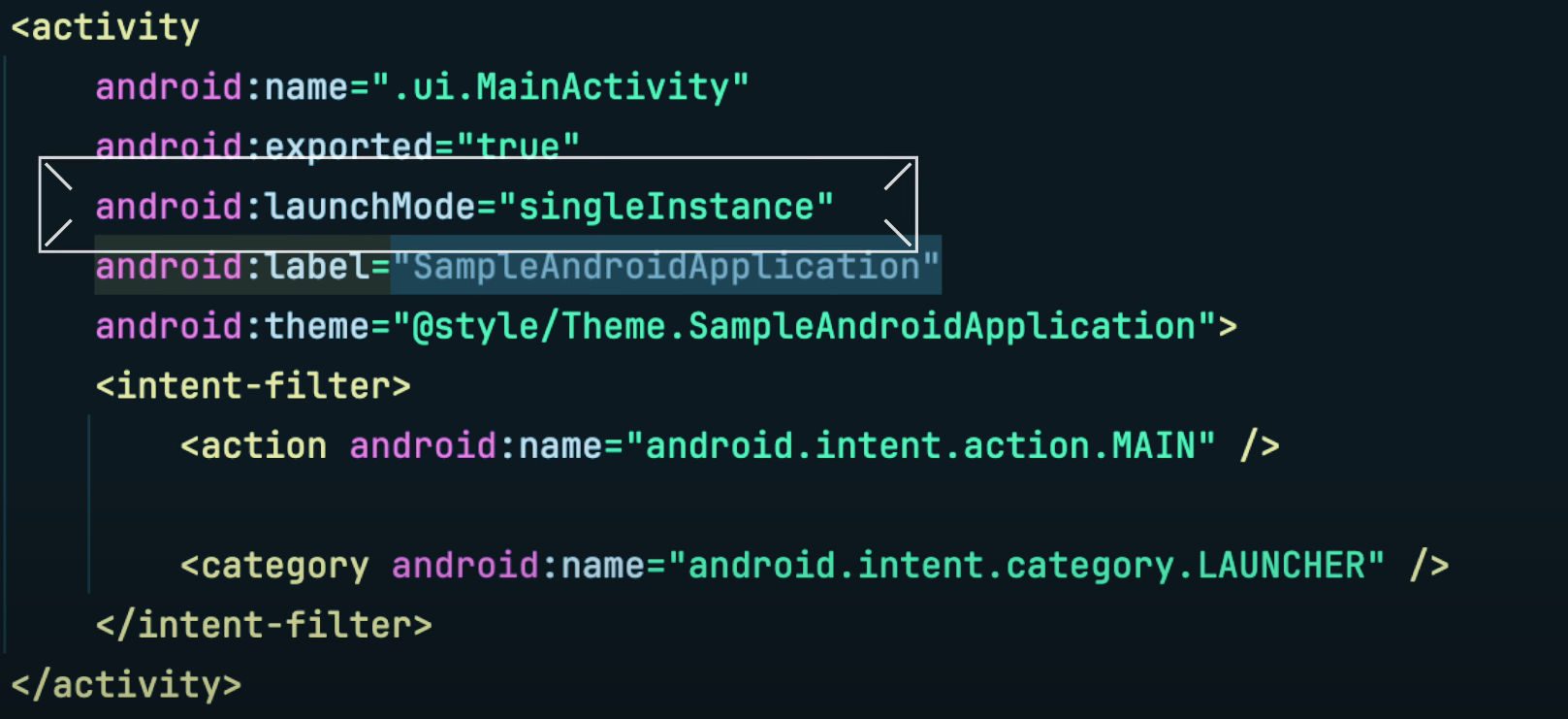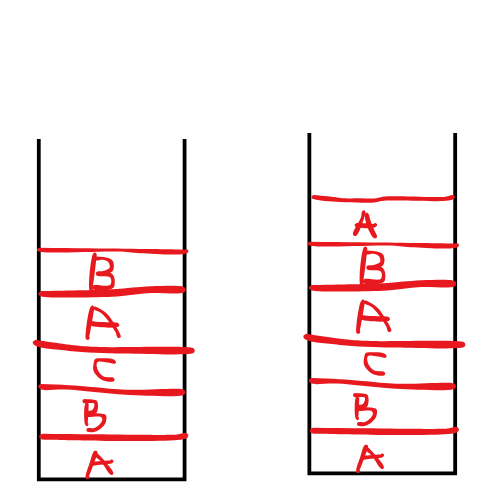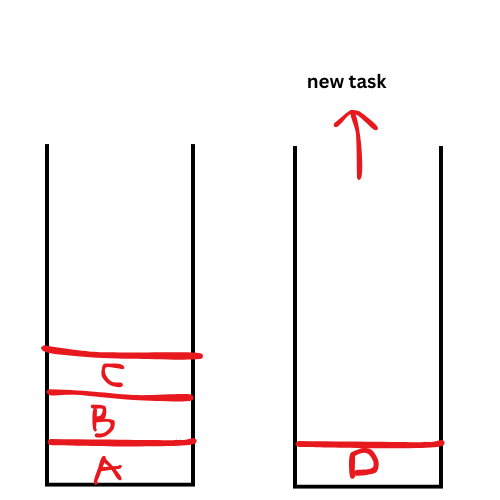Quick guide to Launch Modes in Android
 Shalen Mathew
Shalen Mathew
Launch modes in Android define how activities are created and managed in the task stack when they are opened
Launch modes are mainly defined in the manifest within an activity’s declaration but can also be set using Intent flags in code.

Here are the 4 types of launch modes in Android :
1️⃣ Standard
2️⃣ SingleTop
3️⃣ SingleTask
4️⃣ SingleInstance
Lets have a quick overview on each one of them :
1. Standard :
In Standard launch mode, every time you launch an activity, a new instance is created, even if an existing instance already exists in the stack.
For example, if you open Activity A multiple times, the system will create a new instance each time instead of reusing an existing one.

In the image above, imagine each element in the stack represents a different activity. In Standard launch mode, every time you open an activity, a new instance is created, regardless of whether an existing instance already exists in the stack.
This is the default launch behavior of an activity
2. SingleTop :
If you launch an activity with singleTop(), a new instance will not be created if the activity is already at the top of the stack. Instead, the existing instance will handle the new intent through onNewIntent(). However, if the activity is not the topmost one, a new instance will be created.
( If you're wondering what is onNewIntent() then a new intent brings new data or new instructions to an already running activity without creating a new instance.
E.g - Imagine you're reading an article in a news app (NewsActivity with singleTop). If you open another article:
Instead of creating a new
NewsActivity,onNewIntent()is triggered.The activity updates with the new article instead of restarting.)

Imagine you launched Activity A with singleTop. Since Activity A is already at the top of the stack, a new instance won’t be created. A single instance of Activity A will be always at the top.

Now, let's assume Activity B was launched (as u can see on the left image), so Activity A is no longer at the top of the stack. If we launch Activity A again (which has singleTop), a new instance will be created because it is not at the top.
3. SingleTask :
In singleTask mode, if an instance of the activity already exists anywhere in the task, Android reuses that instance instead of creating a new one. However, all activities above it in the stack are cleared.

Imagine there are multiple activities in the stack—A, B, C,D and E

Now, if we launch Activity C with singleTask, and an instance of Activity C already exists in the stack, instead of creating a new instance, Android will clear all activities above it and bring Activity C to the top.
4. SingleInstance :
If you launch an activity with singleInstance, it always runs in a separate task and remains the only activity in that task. No other activities can be launched into the same task.

Imagine there are multiple activities in the stack—A, B and C

Now, if you launch Activity D with singleInstance, it will create a new task, and D will be the only activity in that task. No other activities can be launched into it.
Now, let's summarize what we've learned so far:
Standard → A new instance is created every time, even if one already exists.
SingleTop → If the activity is already on top, no new instance is created; otherwise, a new instance is launched.
SingleTask → If an instance exists anywhere in the stack, it is brought to the top, and all activities above it are cleared.
SingleInstance → The activity always runs in its own task, and no other activities can be launched into it.
That’s all from me for today 😁. If I am lacking somewhere or this article needs some correction just comment down. Bye!!!👋
Subscribe to my newsletter
Read articles from Shalen Mathew directly inside your inbox. Subscribe to the newsletter, and don't miss out.
Written by

Shalen Mathew
Shalen Mathew
I write about Android dev & Open Source